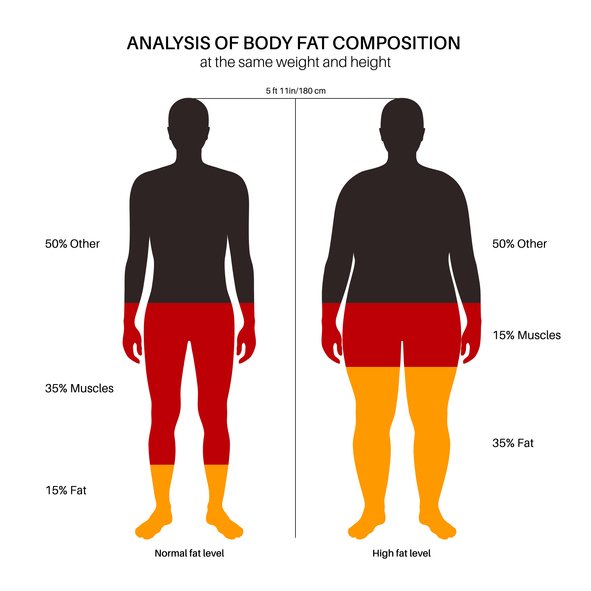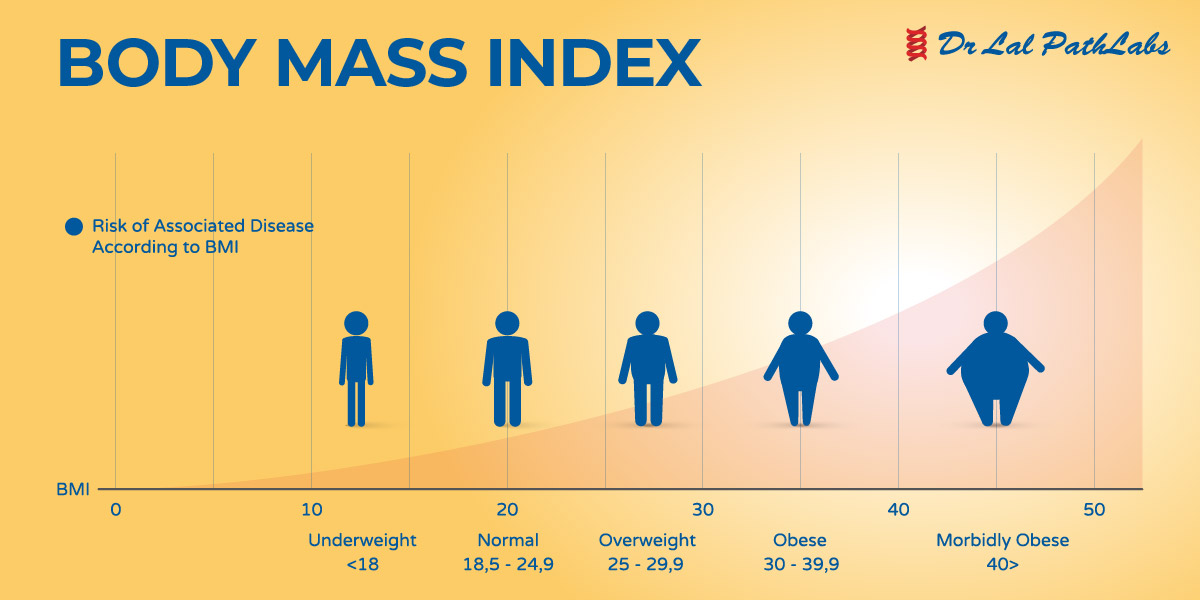Some researchers claim to have developed a novel diagnostic paradigm to comprehend and investigate obesity. The waist-to-height ratio is emphasized in the new diagnostic paradigm as a critical sign of the health hazards connected to the buildup of abdominal fat. This methodology, which was published in Nature Medicine, aims to give more accurate health evaluations by challenging traditional BMI-based assessments.
Introduction to the Framework

This new paradigm was developed under the direction of the European Association for the Study of Obesity (EASO). The authors claim that adding the waist-to-height ratio to BMI offers a more thorough picture of the health hazards associated with obesity. They emphasize the importance of a waist-to-height ratio more than 0.5 as an indicator of elevated cardiometab.
obesity Scientific Justification
Researchers stress that waist-to-height ratio—a measure of abdominal fat distribution—is a better indicator of health issues than BMI by itself. They fault the present guidelines for focusing exclusively on BMI thresholds, which may leave out people with lower BMI values but considerable abdominal fat.
Eect on Treatment and Diagnosis

To overcome these restrictions, the waist-to-height ratio has been included in the diagnostic criteria. The framework aims to enhance early diagnosis and treatment methods for persons at risk of cardiometabolic disorders related to accumulation of abdominal fat by expanding the criteria beyond BMI.
“The choice of introducing waist-to-height ratio, instead of waist circumference, in the diagnostic process is due to its superiority as a cardiometabolic disease risk marker,” said the authors on behalf of EASO. They contend that this change will make it easier to find people who the BMI-centric standards now fail to recognize.

The adoption of this new approach has the potential to completely transform the treatment of obesity in the future. Healthcare professionals can more effectively customize therapies to reduce health risks related to obesity-related abdominal fat by concentrating on the waist-to-height ratio.





